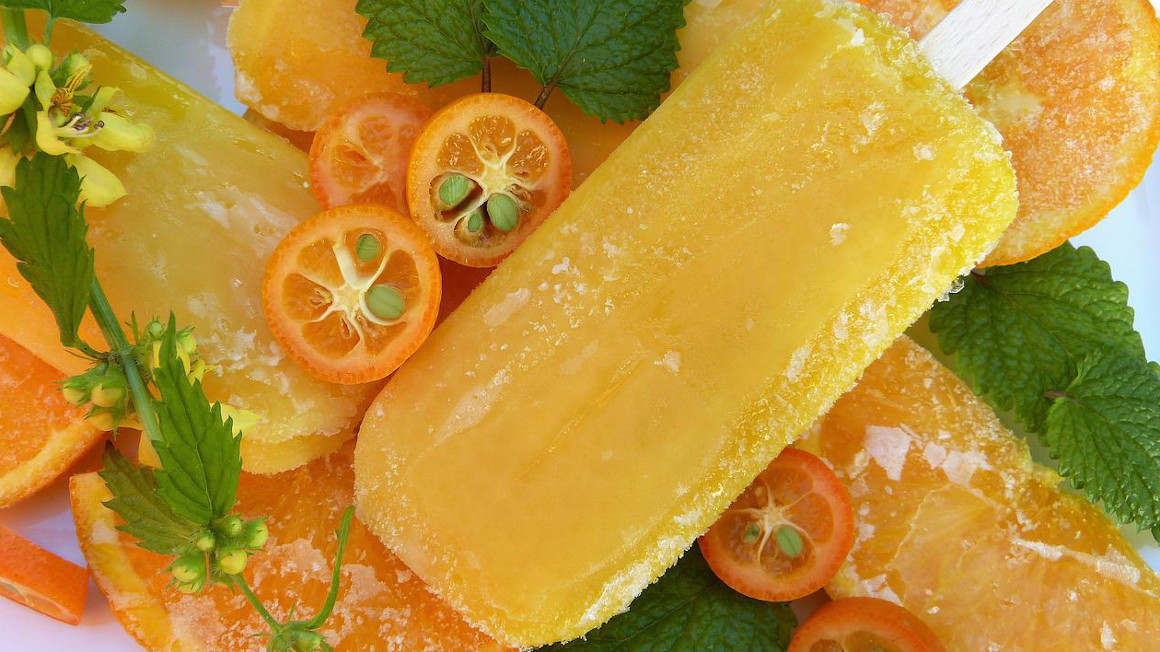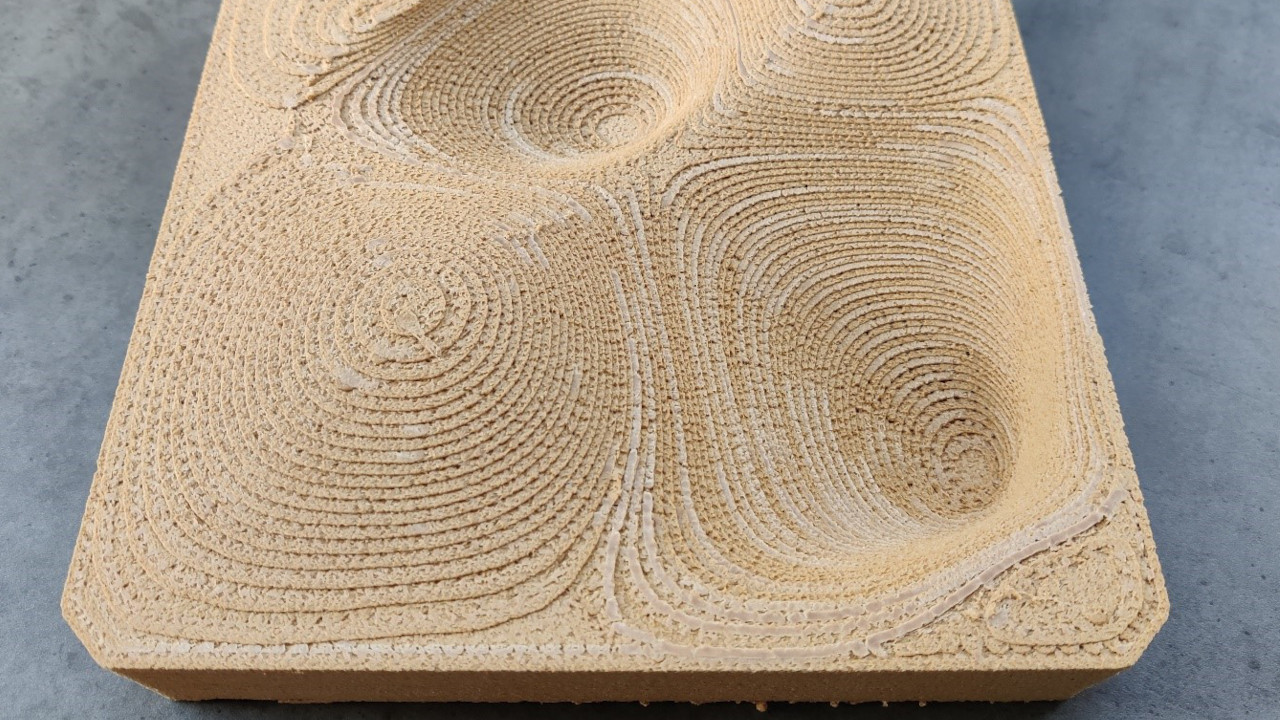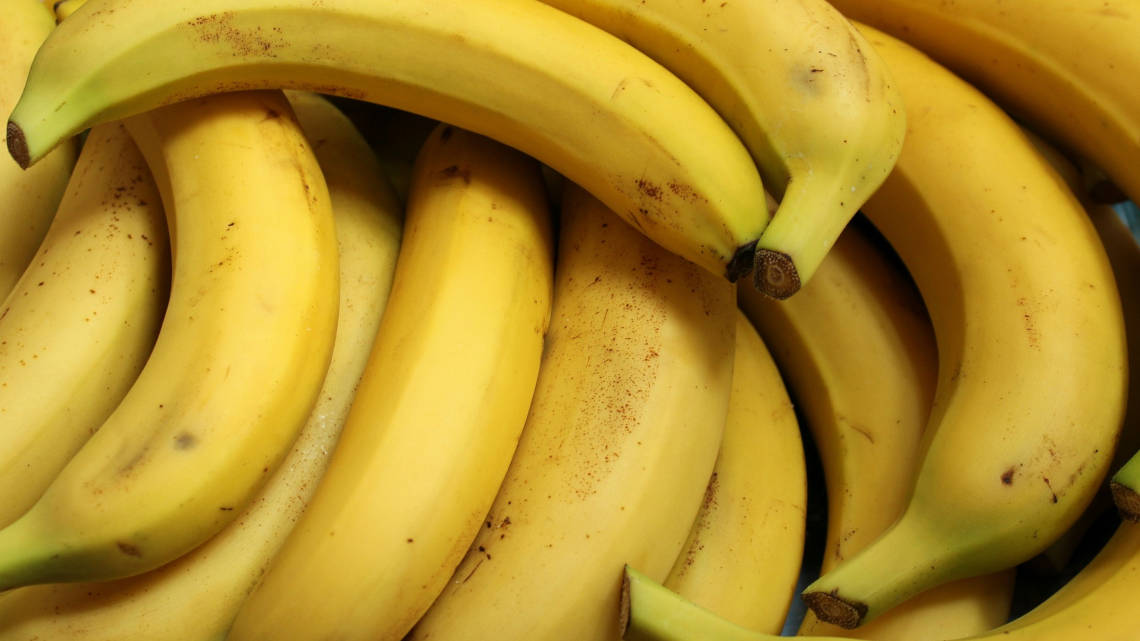Ice cream without sugar
Researchers want to replace sugar in ice cream with dietary fiber from food production by-products.

Whether fruit- or milk-based, on a stick or in a waffle: As soon as the temperatures rise, the sweet treat is in high demand. The fact that ice cream is a real calorie bomb, however, tends to fade into the background. After all, 100 grams of ice cream contain 20 to 30 grams of sugar. This could now be a thing of the past: Researchers at the Technical University of Berlin and the Karlsruhe Institute of Technology (KIT) have found a way to banish the unhealthy carbohydrates from ice cream. The team uses dietary fiber contained in high-fiber byproducts of food production as a sugar substitute.
Simply replacing sugar in ice cream is anything but easy, as Stephan Drusch from the Department of Food Technology and Materials Science at TU Berlin explains. "Sugar not only sweetens ice cream. Sugar also plays a significant technological role in its production and is thus also partly responsible for its structure and creaminess." Structure and creaminess, in turn, provide the appropriate mouthfeel that consumers expect when licking ice cream. Less sugar would therefore change the ice cream experience and possibly meet with little acceptance.
Carbohydrates from sustainable sources
Dietary fiber from food manufacturing byproducts could be the solution. The researchers are convinced that the conversion of carbohydrates from pea, carrot and fruit residues would not only reduce sugar, but also preserve the familiar mouthfeel when licking ice cream. The reason: The insoluble fiber materials of pea shells, carrot fibers and fruit residues from juice production, such as cellulose, hemicelluloses and pectin, contain complex carbohydrates.
In the project "Replacement of sugars in ice cream by potentially prebiotic oligo- and/or polysaccharides from sustainable sources", the team now wants to convert these components into so-called oligosaccharides by biological and physical processes so that their functional properties change. The project is funded by the Stifterverband der Deutschen Wirtschaft.
Using oligosaccharides from plant by-products
More research is needed before the first sugar-free ice cream can be produced. The challenge is that the carbohydrate profiles of the targeted fiber materials are very diverse. To produce oligosaccharides, the process must be adapted in each case. The researchers' aim is therefore to make a wide range of plant by-products suitable for use in ice cream by systematically understanding this process.
Contribution to the prevention of food waste
Based on the heterogeneous composition of the fiber materials, the team is confident of finding very different oligosaccharides with broad prebiotic activity. "It's worth taking a closer look. Utilizing existing byproducts of the food industry thus helps prevent waste in food production. And ice cream can become healthier if sugar is reduced and replaced by dietary fiber," says Mirko Bunzel of the KIT Food Chemistry Department.
bb


